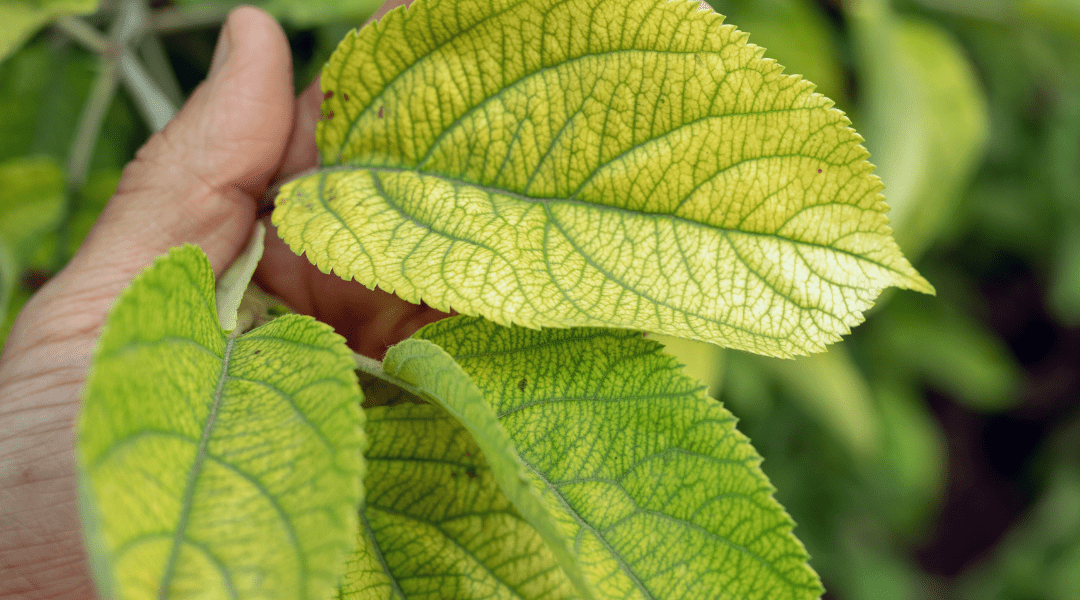All about Hydrangea Leaves Turning Yellow
Wiki Article
3 Simple Techniques For Hydrangea Leaves Turning Yellow
Table of ContentsFascination About Hydrangea Leaves Turning YellowGetting My Hydrangea Leaves Turning Yellow To WorkExcitement About Hydrangea Leaves Turning YellowThe 2-Minute Rule for Hydrangea Leaves Turning Yellow
Large leaves often look droopy during the mid-day warm. When they fall short to perk up in the night or still look shrivelled in the morning, your plant could be overwatered.Remove the plant from the dirt and prune out any kind of origins that aren't white and swollen (plump). Replant in a brand-new location or function some sand into the soil for much better drainage.
Include a little bit of distilled water, mix the ingredients, and drain the added water. Put a p, H screening strip in and wait for a reading.
The best means to do that is with dirt changes. Sphagnum moss or peat moss prevents the soil from compacting and betters soil drainage while likewise increasing the soil's acidity. You can spread sulfur chips in your hydrangea soil. The easiest method is to simply utilize a fertilizer that aids maintain the right level of acidity in the dirt while also feeding the plant.
The smart Trick of Hydrangea Leaves Turning Yellow That Nobody is Talking About
This is one great factor to repot houseplants on a regular basis (though there are others, such as origin advancement for instance). It is also why houseplants require a much stricter fertilizing routine than many outside plants. When a hydrangea houseplant is deficient in nutrients, its leaves will certainly be the very first to show the indications.
You will certainly also require to feed the plant by hand and regular intervals. When spring starts in March, it's the active growing season for many houseplants, consisting of hydrangeas.
The dripline is the area located under the foliage that is the furthest far from the facility of the plant. Rather than using feed to the center of the plant it is best to concentrate it mostly in the external locations of the pot. If you 'd rather use a slow-release plant food such as granular or spike fertilizer, then cover either kind with some dirt after you put them.
A Biased View of Hydrangea Leaves Turning Yellow

The hydrangea is surprisingly frost-resistant, once temperatures begin getting right into the 20s, the plant is in significant danger. If the temperatures remain in the reduced 10s, that risk is a lot more Get More Information serious still. Undoubtedly this is more of an interest in outdoor plants so if you maintain potted hydrangea outside you ought to bring them indoors in very winter conditions or also think about relocating them inside for the duration of the wintertime.

A dehydrated hydrangea, A large issue with several houseplants is root rot. Origin rot happens when you overwater a plant and since it is such a typical issue (especially with succulents) several houseplant owners are fearful of overwatering their plants. Nevertheless, hydrangeas call for even more watering that most various other common houseplants and can come to be dehydrated when they are underwatered (Hydrangea Leaves Turning Yellow).
9 Simple Techniques For Hydrangea Leaves Turning Yellow
They require copious amounts of water, yet they additionally hate to grow in standing water or water soaked soil. Be definitely certain that your hydrangea is dehydrated review because of a lack of water and not due to it be given too much water (extra on this later). Realize before you get that watering can that an overwatered hydrangea displays the same signs and symptoms as an underwatered one! Overwatering is a major problem if you cut corners on its water needs even a little bit, your hydrangea will be fast to show it.The very best way to establish if your hydrangea is underwater is to examine the wetness degrees in the dirt. By utilizing a reliable however inexpensive wetness and p, H tester, or by sticking your finger right into the soil, you will swiftly tell if the plant needs water. To get your hydrangea watering behaviors on the ideal track, you require to be mindful about the dampness levels in its soil.
When you remove your finger from damp soil it will have tiny amounts of soil residue stayed with it. Dry dirt will certainly imply your finger comes out clean or with dry soil that is easily blown away. If it's moist, and the plant has yellow leaves after that the plant has actually likely been overwatered and you will certainly require to adhere to the advice provided in the area listed below.
Report this wiki page